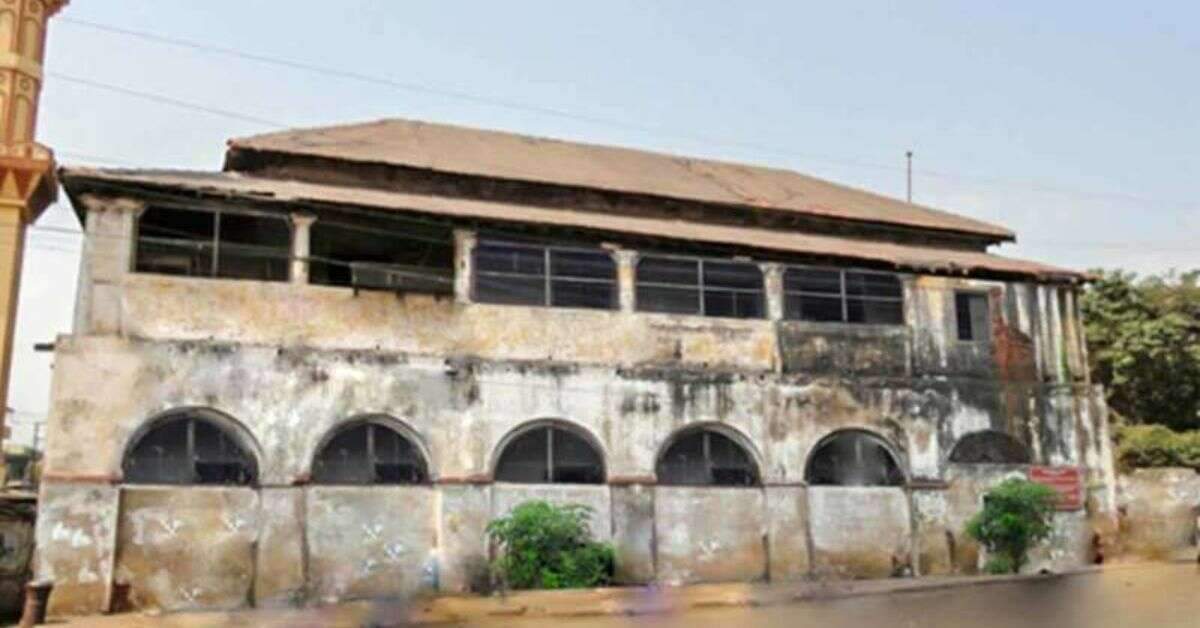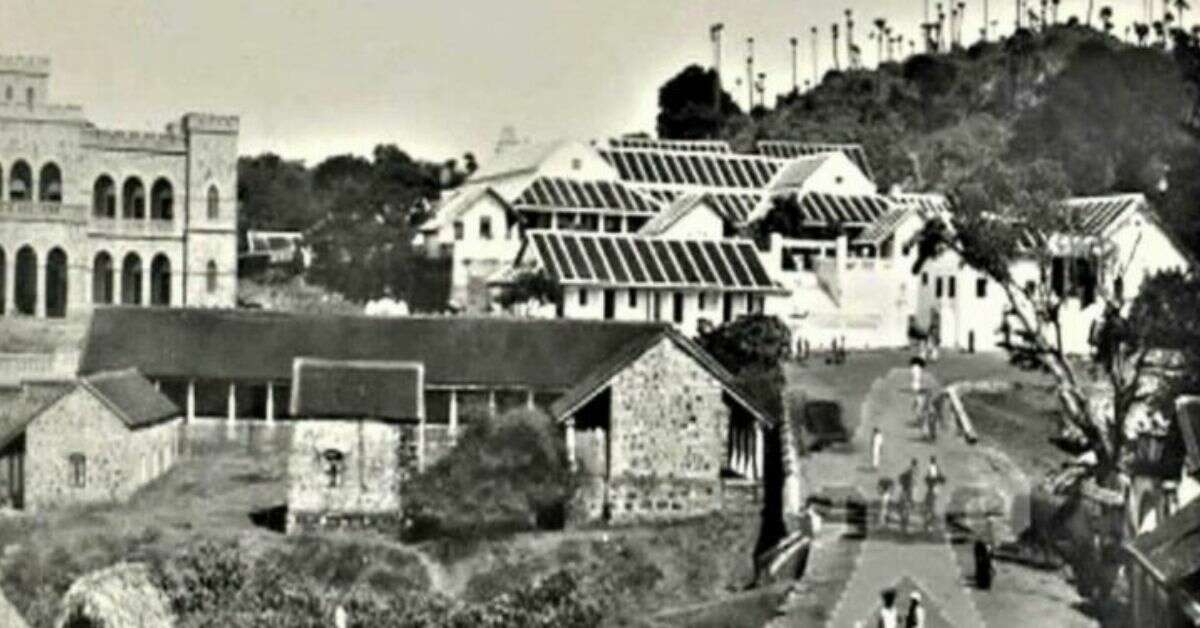Popularly known as the City of Destiny, Visakhapatnam has a history that can be traced back to the 11th century AD. Heritage buildings that are left behind by our ancestors are a testament to it. One such establishment is the Government Queen Mary’s Girls High School in Visakhapatnam.
Though the exact date of the building is yet to be known, it is considered to be at least 250 years old. Let’s see some more interesting things about this historical gem.
1. An accommodation for many important establishments of Vizagapatnam

In 1817 this building housed the Waltair Orphan Asylum, it was remodelled in 1831 to afford shelter to destitute children, orphans, and abandoned infants. It was later used as a medical store, a medical college, a hospital, a volunteer armoury and a collector’s treasury. From 1873 to 1913, it also served as Collector’s Office.
2. A school that vouched for the education of the oppressed!
According to a well-known historian Edward Paul, in 1913, the British government took an initiative exclusively for the neglected groups in society – young, widowed children of coastal Andhra.
When the practice of Sati was abolished, the British government started a school where these young children could learn some skills. Their families were paid a monthly stipend of Rs 15.00 to encourage enrolment of these students. This building was used to establish that school.
3. The school previously occupied a different building

In 1913, a Government Non-European Girls Secondary School was started in the former Government Registry Office building opposite the St John’s Church Compound and later moved to the old Collectors’ Office as a new Government High School.
Her Majesty the Queen sanctioned the new Government High School designation at Vizagapatam as Queen Mary High School for Indian Girls.
4. It was once a building for the Visakhapatnam Medical School

Maharajah G N Gajapathi Row wanted to contemplate building a Town Hall in honour of Queen Victoria’s Diamond Jubilee, however, Rajah Bobbili took that opportunity from him. Since then, he had been looking for a chance to construct a public building in honour of Queen Victoria.
When he came to know about the government’s plan to establish a medical school, he immediately offered to raise a building for it at his own cost and name it “Queen Victoria Diamond Jubilee Medical School.” His proposal was accepted by the Madras government, and in 1900, the school was established.
As Gajapathi Row could not obtain the Queen’s consent to name the building because of her demise in 1901, the school was known as Vizagapatnam Medical School in the records.
Unfortunately, Maharajah Gajapathi Row died in 1903, even before the foundation stone was laid for the school. The building was finally constructed in 1910 and a medical school was established in it by 1912.
However, as the medical hospital next to the school needed a new building, the school was shifted to the top floor of the old Collector’s office building, which is the present building of Queen Mary Girls High School.
5. A piece of British history in every corner!

An interesting fact about Queen Mary’s Girls High School is that it has two cannons near the entrance. However, if you look closely, you can find one more cannon at the back of the school.
In 2017, four more cannons from the British era were unearthed during the construction of a new building. Archaeology experts said that the cannons were small compared to conventional cannons. They could belong to the 18th century when East India Company established an arms dump for their army’s north division headquarters.

One of the buildings on the premises, due to its deteriorating condition, is not in use anymore. However, every brick of this establishment tells a tale of a bygone era and the long-standing history of Visakhapatnam, while accommodating future generations. Government Queen Mary’s Girls High School in Visakhapatnam is now home to more than 1500 female students.
Also read- Preserving Heritage: Venkata Rama Reddy’s mission to revive Visakhapatnam’s old buildings
Stay tuned to Yo! Vizag website and Instagram for more heritage articles.










Discussion about this post